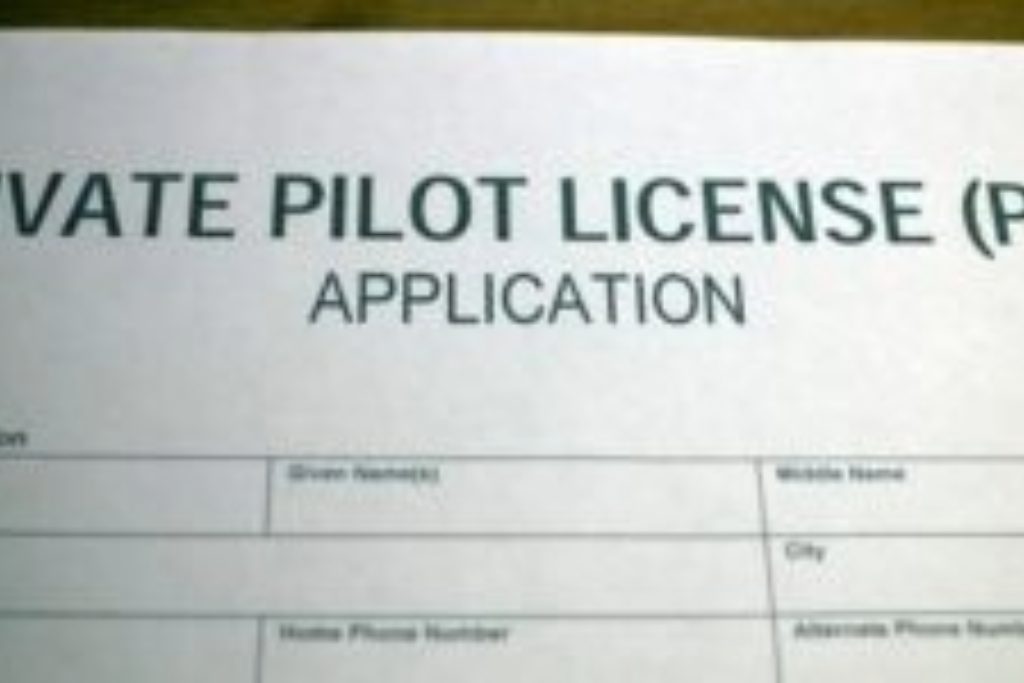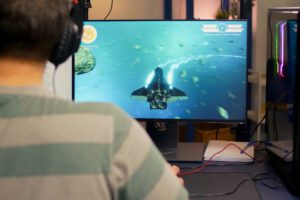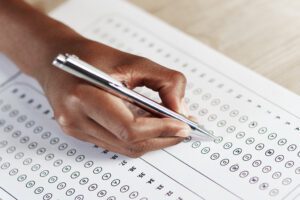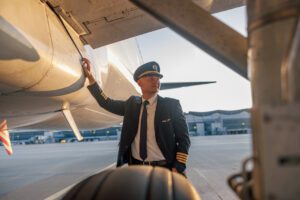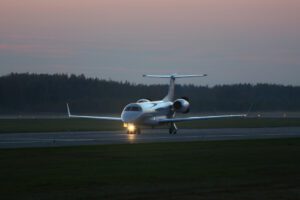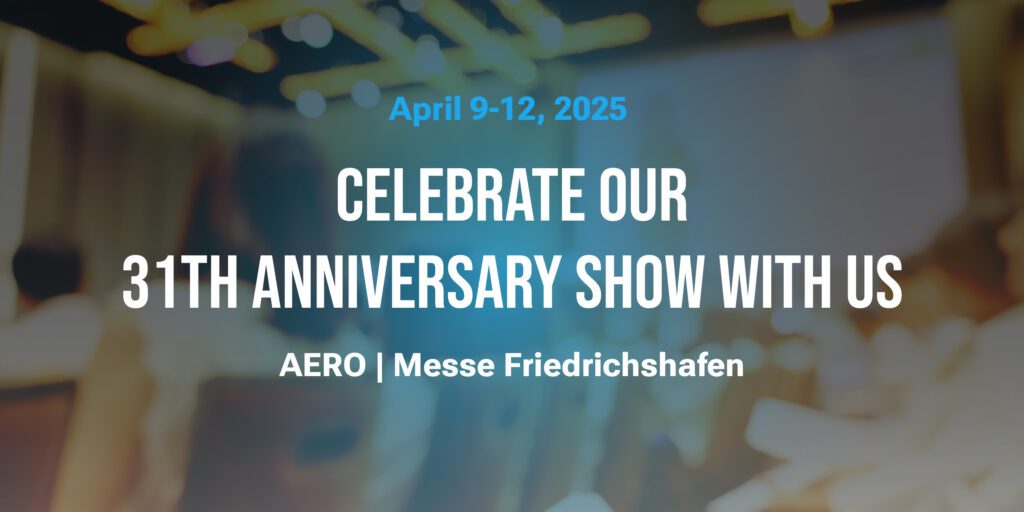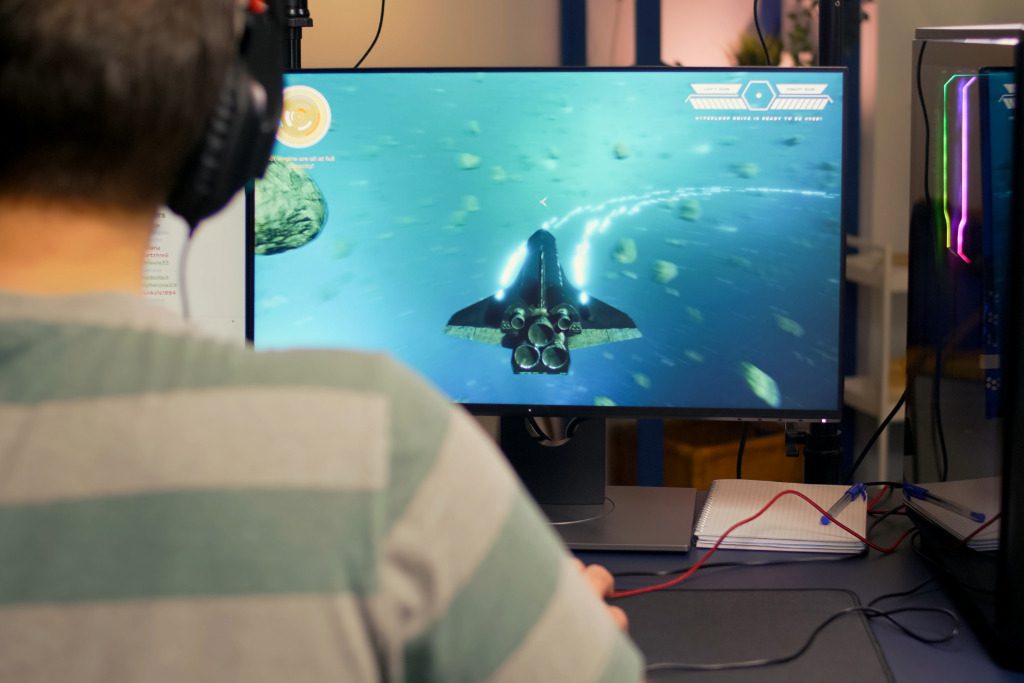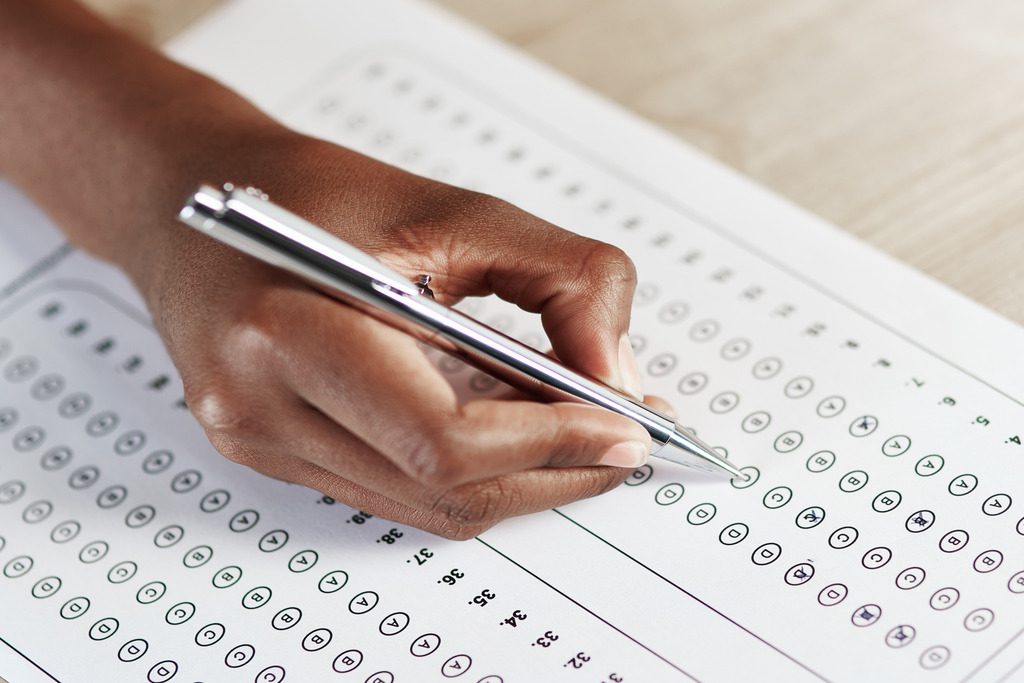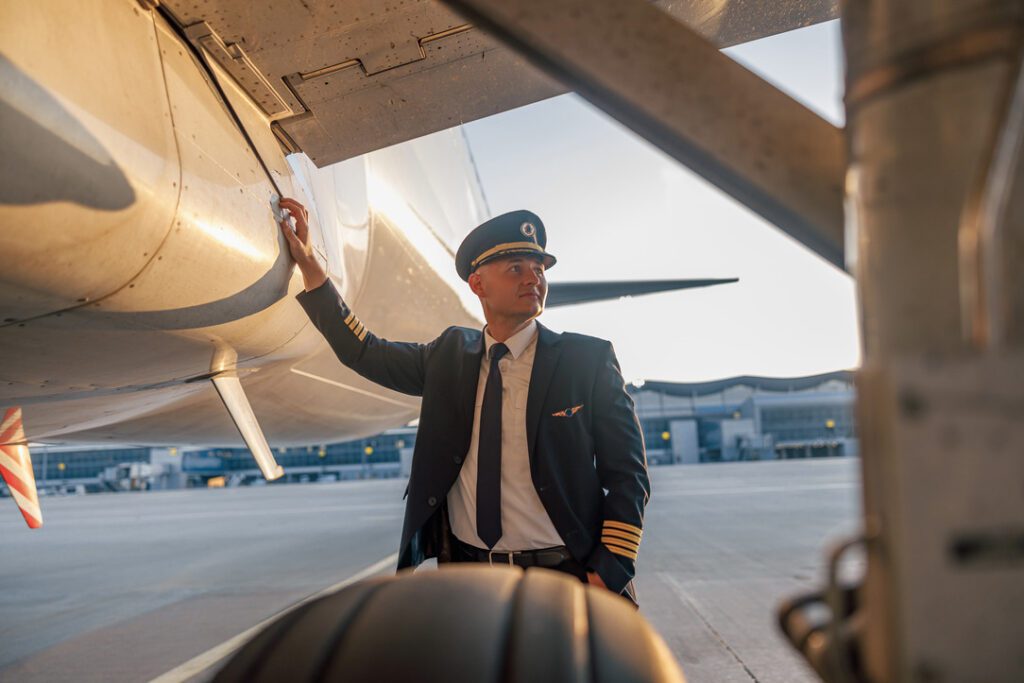What is a Private Pilot License?
The most desirable pilot qualification is a Private Pilot Licence (PPL). A Private Pilot Certificate in the US is aptly called the Private Pilot Certificate and can be said to be a Private Pilot license. A Private Pilot’s License allows its holder to legally operate an aircraft. The training of a private pilot entails flying small aircraft independently. Flight training consists of navigation, emergency actions and procedures, flight plans for cross country flights, and operations of the aircraft. Many pursue the Private Pilot Certification for personal interests or hobbies but this is the first serious step towards any career as an airline pilot.
What Do You Require to Be Qualified for a Private Pilot Certificate?
The FAA conducts a subsequent practical flight test with all the applicants where oral and flight aspects are included, for the award of Private Pilot Certificate. A student must have an instructor train him/her before taking an application for the practical exam and this is to add the required knowledge about the relevant field. Besides, students are required to complete the Written Knowledge Exam prior to the practical exam as well. Above, any applicant should not be younger than seventeen years of age in time of the practical test. The basic requirement: they also have to speak, write, read and understand English.
Flying Experience

There are three flight experience criteria that a candidate should possess in order to get a Private Pilot License as per federal regulations. First, even prospective private pilots must complete a practical test contained within flight instruction, the flight must last for a minimum of 40 hours and consist of at least 10 hours of solo flight, plus 20 hours with an approved flight instructor.
The Instruction Must Include:
- 3 hours of training for cross-country flying
- 3 hours of nighttime flight instruction include: 1 cross-country flight covering a distance of more than 100 nautical miles
- 10 takeoffs, 10 landings to a complete halt, each involving a plane in an airport traffic pattern
3 hours of instruction in controlling and navigating purely with the aid of instruments
Within the 2 calendar months before the test month, 3 hours of flying instruction with a certified instructor was finished in order to prepare for the practical exam - 10 hours of solo flight time, including 5 hours of cross-country time
- 1 solo cross-country flight of 150 nautical miles with complete stop landings at 3 spots and 1 leg of the flight comprising of a straight line distance of more than 50 nautical miles between takeoff and landing locations
- 3 takeoffs and 3 landings to a complete halt (with each landing involving an airplane in the traffic pattern) at an airport with an operational control tower
FAA Practical Exam
Once you have finished the appropriate flying module, you are further qualified to sit for the FAA Practical Exam, also known as a checkride. It is a requirement for the test to be administered by a designated FAA examiner and it includes an oral component and a flying component. Following the oral test, if applicable, an examiner is the one who will execute the flying test. If all the requirements are satisfied, the evaluator will be able to help applicants complete their papers for the FAA and issue them a temporary Private Pilot Certificate that can be used until the official FAA certificate is issued.
Private Pilot License Medical Requirements
The usage of a Private Pilot License is governed by the possession of the third class medical certificate which is availed from an aeromedical examiner (AME). It is recommended that this be done early during training since you will not be able to fly a solo airplane without your medical certificate. Further, the certificates need to be updated from time to time. For persons below 40 years this is the case every 60 months. The same applies to the medical certificate except that those above 40 years will have to update it every 24 months.

